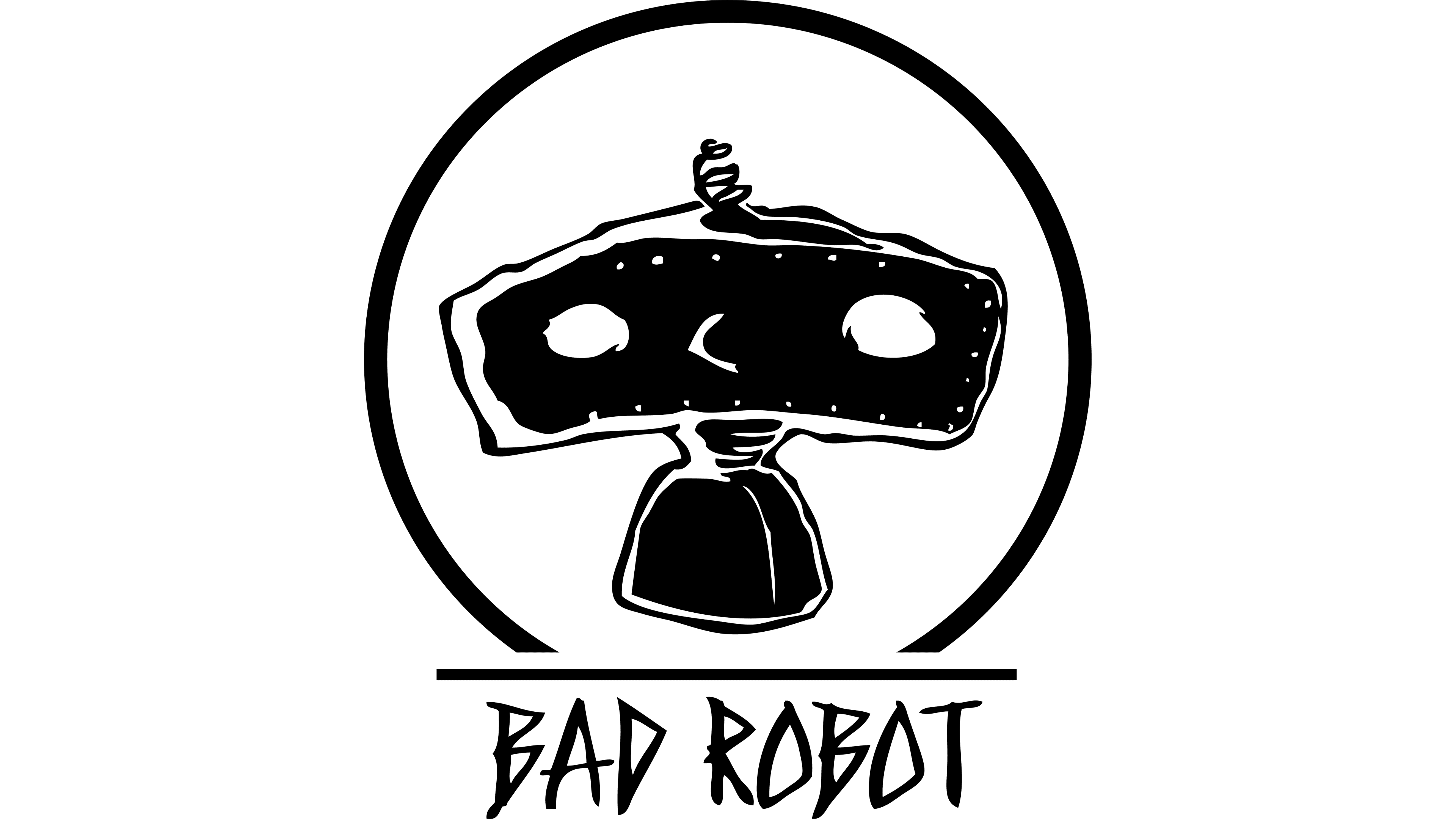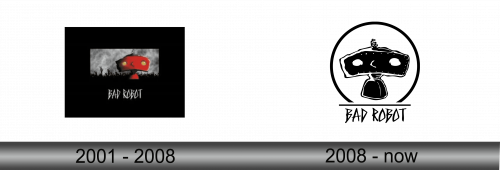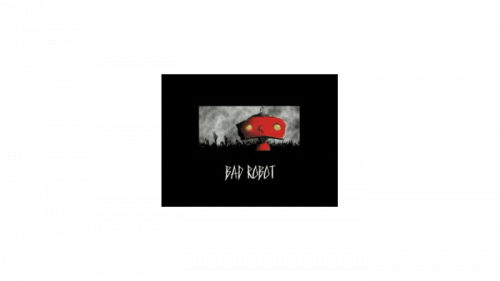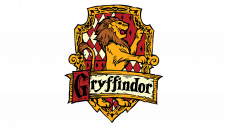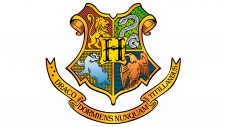Bad Robot Productions Logo
“Bad Robot Productions” is a prominent American film and television production company founded in 1998 by director J.J. Abrams and producer Bryan Burk. Known for its innovative storytelling and high-quality visual effects, the company has produced numerous successful TV series and films. Their notable works include the TV series “Lost,” “Alias,” and “Fringe,” as well as films like “Cloverfield,” “Star Trek,” and “Mission: Impossible” series. Bad Robot is recognized for its distinctive logo featuring a red robot and has a reputation for secrecy regarding its projects. The company has a partnership with Paramount Pictures and Warner Bros. Television, contributing significantly to contemporary popular culture with its creative narratives and groundbreaking cinematic techniques.
Meaning and history
Bad Robot Productions, established by J.J. Abrams and Bryan Burk in 1998, quickly rose to prominence in Hollywood. The company’s journey began with the TV show “Alias,” which debuted in 2001, showcasing Abrams’ talent for creating compelling narratives. This success was followed by the critically acclaimed “Lost” in 2004, a show that redefined TV storytelling with its complex plot and character development, cementing Bad Robot’s reputation for innovative and boundary-pushing content.
The company’s venture into film was equally impactful. In 2006, Bad Robot entered into a deal with Paramount Pictures, leading to the production of the “Mission: Impossible” franchise, where Abrams directed the third installment. The collaboration further produced the cult favorite “Cloverfield” in 2008, a film notable for its unique marketing strategy and found footage style.
Bad Robot continued to expand its portfolio with a diverse range of projects. The 2009 “Star Trek” reboot, directed by Abrams, was a critical and commercial success, revitalizing the iconic franchise. The company also ventured into more intimate projects like “Super 8” in 2011, blending nostalgia with science fiction.
In television, Bad Robot sustained its momentum with shows like “Fringe,” which ran from 2008 to 2013, and “Person of Interest,” a fusion of crime drama and science fiction elements. These series further demonstrated the company’s flair for creating high-concept, character-driven stories.
The company’s innovative approach extends to its use of technology and marketing. They often incorporate mystery and secrecy into their promotional strategies, generating buzz and anticipation for their projects. This approach has been a hallmark of Bad Robot’s brand, creating a unique identity in the entertainment industry.
By the 2020s, Bad Robot had not only established itself as a major player in film and television but also ventured into digital content and gaming. Their commitment to storytelling, coupled with an ability to adapt to changing media landscapes, ensures their continued influence in entertainment. Their productions, characterized by a mix of high-stakes narratives and deep emotional connections, continue to captivate audiences worldwide.
What is Bad Robot?
Bad Robot Productions is an innovative American production company renowned for its captivating narratives in film and television. Founded by J.J. Abrams and Bryan Burk in 1998, it’s celebrated for blending imaginative storytelling with cutting-edge visual effects, producing hits like “Lost,” “Star Trek,” and “Mission: Impossible.” This creative powerhouse has made a significant mark in entertainment, known for its distinctive red robot logo and a flair for mystery in its projects.
2001 – 2008
The logo portrays a whimsical red robot with a spherical body and a black visor eye, standing amidst a misty, monochrome field. Above it, ominous clouds part slightly, allowing a bleak light to illuminate the scene, giving the image a mysterious, almost eerie quality. The words “Bad Robot” are scrawled below in a white, slightly distressed font, contrasting starkly with the dark ground, adding to the logo’s enigmatic allure. This emblem encapsulates a sense of curiosity and inventive spirit, hinting at the imaginative and often unexpected ventures of the production company it represents. The minimalist color palette and the stark contrast between the robot and its surroundings evoke a distinctive and memorable visual identity.
2008 – Today
This updated rendition of the Bad Robot logo features a streamlined, bold aesthetic, confined within an elliptical frame. The robot’s head, dotted with simplistic features resembling eyes and a mouth, exudes a playful yet mysterious vibe. A whimsical antenna curls atop the head, adding a touch of whimsy. Unlike the previous version’s shaded, multi-tonal backdrop, this design opts for stark black and white, emphasizing clarity and contrast. “BAD ROBOT” is inscribed below in a clean, sans-serif typeface, reinforcing the logo’s modern and clean feel. The entire image is rendered with a cartoonish flair, suggesting creativity and a nod to classic science fiction motifs. This logo simplifies and distills the essence of the brand into a more iconic and immediately recognizable visual stamp.
